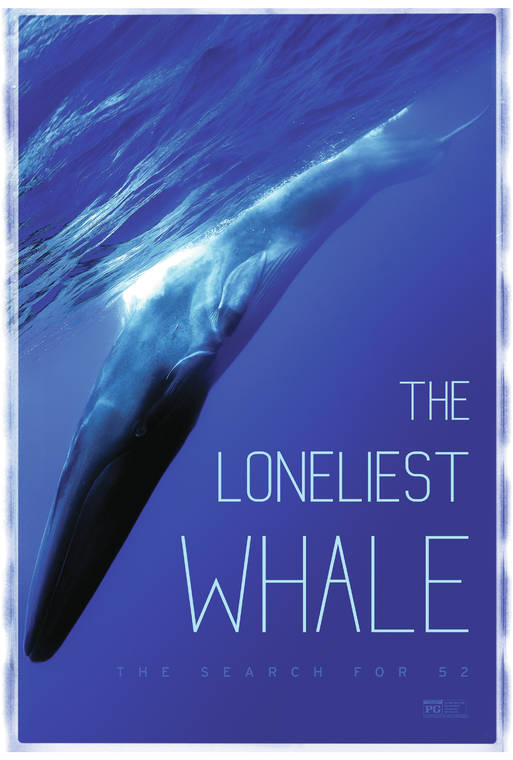“The Loneliest Whale: The Search for 52” is not your average nature documentary. In the hands of documentarian Joshua Zeman, who has tackled urban legends and serial killers in his work (“Cropsey,” “The Killing Season”), this film is a nature mystery, an unanswered question that needs to be solved. So, Zeman sets out to answer this question, despite unbelievable odds, and like most incredible explorations into the deep, the journey is surprising, though not without reward.
“The Loneliest Whale: The Search for 52” is not your average nature documentary. In the hands of documentarian Joshua Zeman, who has tackled urban legends and serial killers in his work (“Cropsey,” “The Killing Season”), this film is a nature mystery, an unanswered question that needs to be solved. So, Zeman sets out to answer this question, despite unbelievable odds, and like most incredible explorations into the deep, the journey is surprising, though not without reward.
As with many mysteries, this one starts with a news item that caught Zeman’s eye. In 1989, an underwater sonar system developed and utilized by the U.S. Navy captured the unique biological sonic signature of a whale registering at 52 hertz of frequency, which is unlike any other whale song. In 2004, a paper was published after the death of one of the lead scientists working on tracking this whale, Bill Watkins, which brought this curious creature to the attention of the public. With the only information that this whale’s calls didn’t register to other whales, writers speculated that this whale was roaming the seas, calls going undetected and without response, and thus, “The Loneliest Whale” aka “52” was born, at least in the human imagination.
52 indeed captured the collective unconscious, becoming something of a metaphor or meme for the internet age generation, feeling disconnected the more and more we connected. Behind computer screens, aren’t we all lonely whales, sending out our unique signatures, hoping someone might hear it, and maybe even respond? The Loneliest Whale is a “big mood,” as some might say.
“The Loneliest Whale: The Search for 52” is a chronicle of Zeman setting out on a seemingly impossible journey to find his white whale. With a little bit of data and a whole lot of hope, Zeman sets sail for the Channel Islands off the California coast with a team of oceanographers and biologists in tow, utilizing Navy sonar equipment, drone cameras and tracking tags to try and find 52.
Zeman doesn’t just offer a depiction of his journey to find 52, but also an examination of what whales have meant to humans throughout history, how that’s changed and why. In the 20th century, whales evolved in our imaginations from a source of fuel into conscious creatures with whom we can empathize. And there’s so much more to learn from interacting with whales too, speaking to our own existential questions. Zeman finds on his quest that the key is to really listen, and find the quiet places where messages can come through.
If there’s an environmental message in “The Loneliest Whale: The Search for 52” (how can there not be?) it’s that our world has become too noisy for whales. As container ships crisscross the oceans carrying our cars and clothes and consumer goods, the songs of whales are being drowned out under the surface. There’s both a devastation and resonance to that fact. Has our own world become too clogged with noise to really, truly hear each other?
Zeman’s voyage into the heart of the sea, a modern day “Moby Dick” with a conservationist bent, surprises, delights and will keep you on the edge of your seat, because the search for anything mysterious and elusive will always deliver the unexpected. You’ll never think of whales and their songs the same way ever again, and that’s a good thing, as our understanding of these amazing creatures continues to rapidly evolve.



